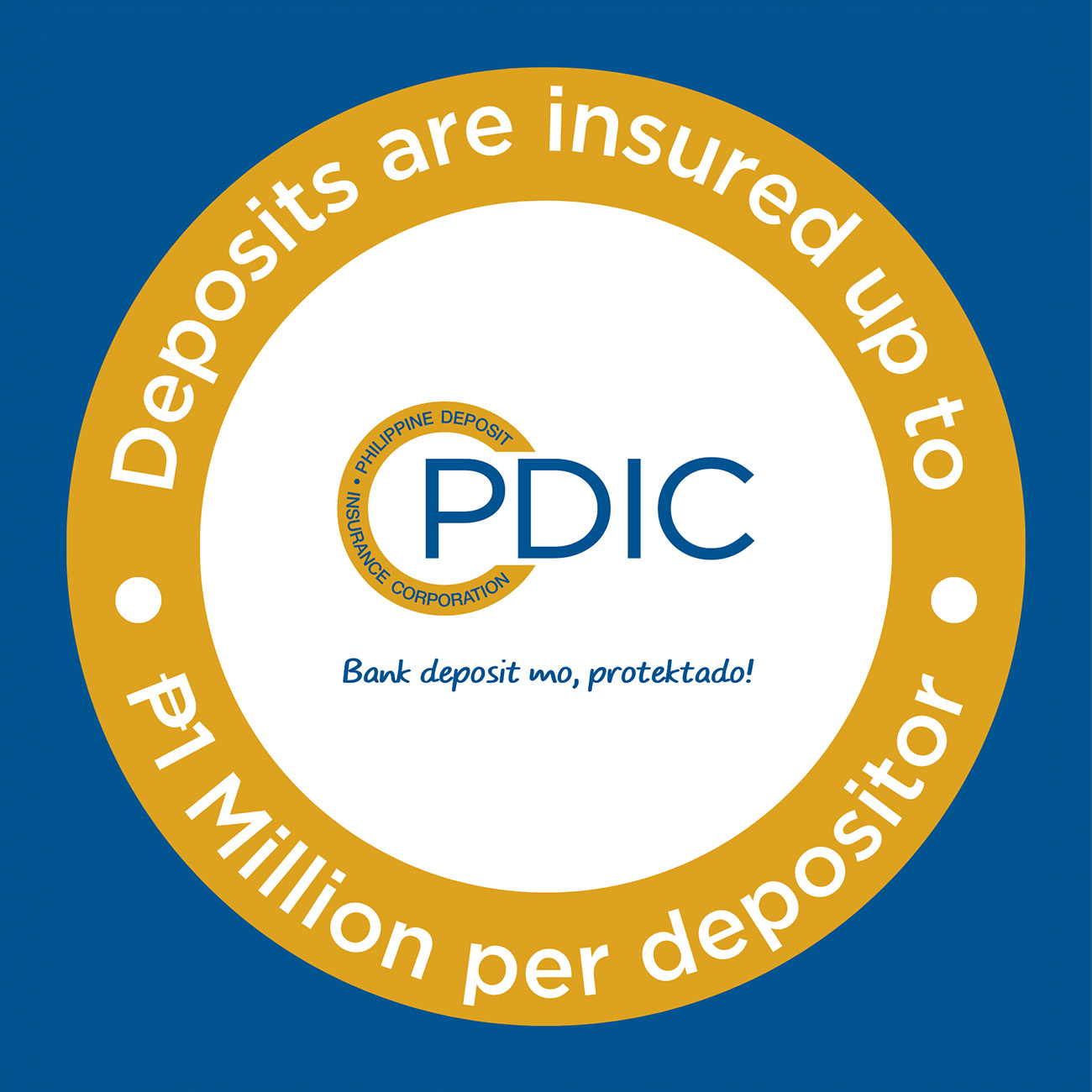A stock corporation that primarily invests in income-generating real estate assets. It is an investment instrument that provides returns to its investors (1) in the form of dividends, derived from rental income of the underlying real estate assets and other income of the properties they buy, manage, and operate and (2) potentially through capital appreciation (if the share price of the REIT rises over a period of time).
No large capital outlay
Investing in REITs gives you the benefits of owning real estate assets without the need for large capital.
High dividend payout and attractive total returns
As they are required by law to distribute to a minimum of 90% of their distributable income and dividends in order to avail of tax exemptions, REITs appeal to investors who are looking for steady recurring income. Moreover, REITs are total return instruments —combining dividend yield and potentially dividend growth.
Management handled by professionals
By investing in REITs, you get to own a real estate asset without the headache of actually managing one.
Listed in the Philippine Stock Exchange (PSE)
Being listed in the PSE makes it easy for investors to buy and sell REITs. Plus, they get to enjoy information transparency and timely company disclosures.
Office REITs
Mainly office properties
Retail REITs
Shopping malls and/or retail spaces
Hotel REITs
Hotel properties
Mixed or Diversified REITs
Combination of different kinds of properties (e.g. malls and offices, malls and hotel, etc.)
Residential REITs
Rental or serviced apartments
Healthcare REITs
Hospitals and healthcare-related assets (e.g. senior housing, skilled nursing, laboratories)
Infrastructure REITs
Infrastructure real estate (e.g. toll roads, airports, logistics)
Industrial REITs
Warehouse manufacturing, logistics, and distribution center assets
What are the predominant risks?
a. Market or Price risk is the possibility for an investor to experience losses due to changes in market prices of securities.
b. Liquidity risk is the possibility of losses due to inability to sell or convert the bond or equity investments into cash immediately, or in instances where conversion to cash is posssible but at a loss.
Economy
Current and projected GDP growth expectations tend to drive decisions whether to rent more space.
Industries or Segments
Look at the demand from the industries or segments that a REIT services. Strong demand leads to higher rent prices.
Clients and Tenants
Check if clients and tenants of a REIT are of high quality and are financially stable to meet rental commitments and potentially renew leases.
Contract
Longer contracts lend a higher level of predictability and stability.
Location
Check if the properties are located in areas that are expected to appreciate.
Pipeline
Check the sponsor of the REIT. Does the sponsor have deep and extensive pipeline of property assets that can be injected into the REIT? A stronger pipeline gives investors assurance that the REIT can achieve growth.
Contact your Relationship Manager or visit the nearest BPI branch to learn more about REITs.







